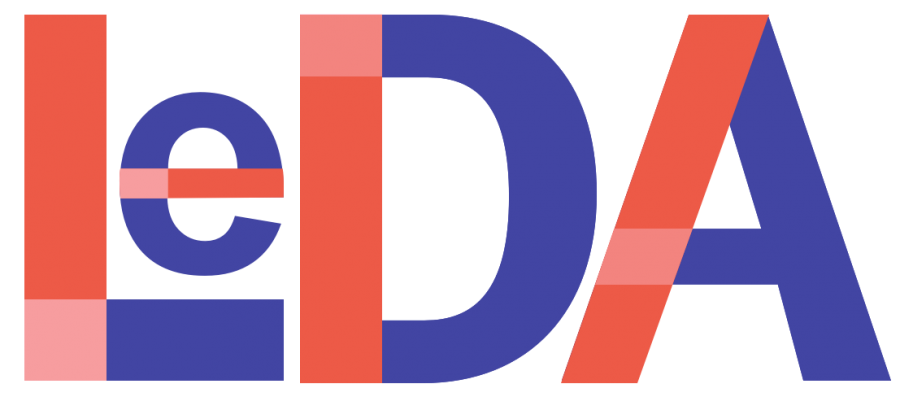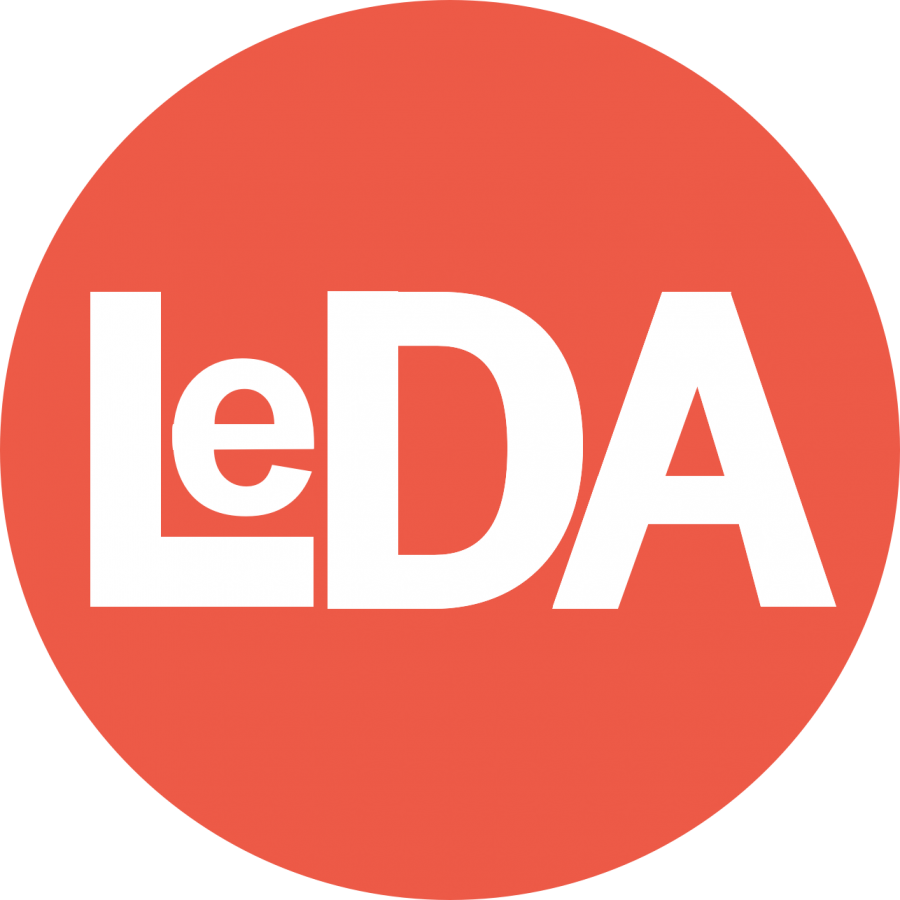
The Legal Design Alliance
LeDA is a network of lawyers, designers, technologists, academics, and other professionals who are committed to making the legal system more human-centered and effective, through the use of design.
Subscribe to our newsletter
Subscribe to our newsletter and receive the latest updates of what our members are working on, upcoming events, and more.
Join LeDA
Apply to be a part of our network to get:
- The Latest News: get updates of what our members are working on, and to share your own work
- Invitations: link up with us at our online and in-person events, in which we share knowledge and strategies
- Materials: share our curriculum, protocols, planning materials, and strategies — and contribute your own to the network
Thanks to all of you that have expressed interest in joining the LeDA network. Please note that our Community page has been updated last in November 2020 and does not accept new subscriptions for the moment.
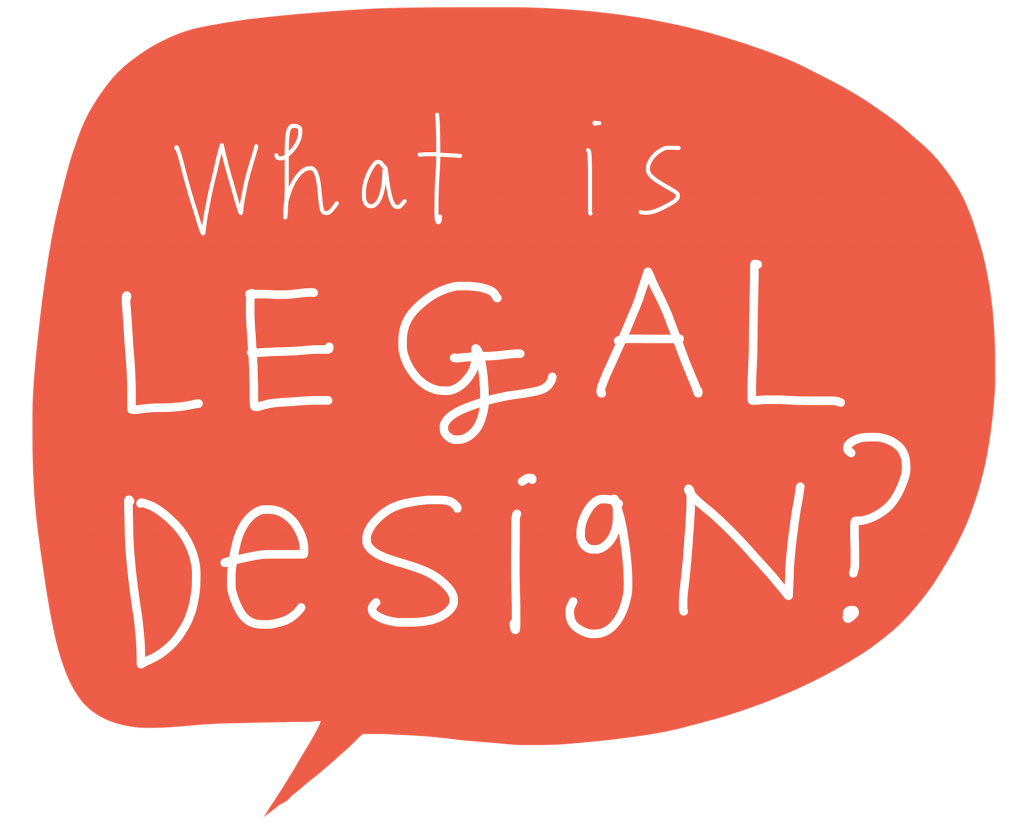
Legal design applies human-centered design to the world of law to enable desirable outcomes and prevent the causes of problems from arising and developing into conflict and disputes. Legal design welcomes cross-professional collaboration and prioritizes the point of view of the users of the law: not only lawyers, judges and regulators, but all people and organizations. As legal designers, we believe that we can make legal products, services, and systems more straightforward, engaging, and user-friendly. This includes how information is presented, how processes are set up, and how policies are established.
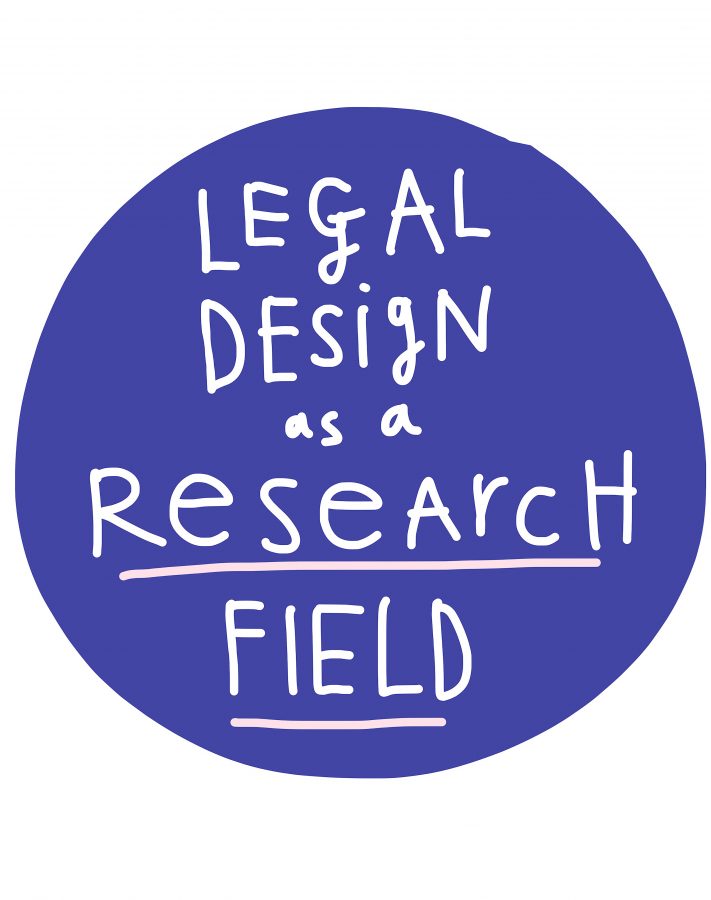
Legal Design bridges domains of academic research and professional practice. It links the business world and the academic world, the management world and the legal world, and the corrective/reactive law world and the proactive/preventive law world. It takes a big-tent approach: to welcome many different kinds of people from practice, academia, government, and the community, and to work closely with many other research groups — acknowledging the value of their work and mindsets. All are welcome to develop a strong practical and theoretical foundation for how law works currently, and how it can work better in the future. For us, “Legal” does not only refer to the legislative system, but it includes also doctrine, jurisprudence, decisions, social norms, contractual provisions, policies. We move beyond the static positive law approach, as many other researchers have established. We take a proactive and preventive law stance, meaning that our focus is about empirical reality — not just the law. We work alongside researchers in empirical legal studies, legal realism, law and society, law in action, participatory action research, and others who are working on understanding the reality of law, and who are studying new interventions to improve this reality. For us, “Design” is an approach of creating new interventions to make a social system more usable, useful, and accessible. Design is not content to understand the current reality, but it aims to experiment with what could be — and to drive towards social impact by creating new programs and policies. Design creates knowledge by building new things — documents, services, technologies, rules, and systems, piloting them, and evaluating them. Design also takes a wider perspective on what “law” is, by bringing more stakeholders’ perspectives into account, and by looking at an interdisciplinary set of tools and expertise to find promising solutions. With this design focus, we work alongside researchers in human-computer interaction, document and information design, the semantic web, research through design, ICT for development, and privacy and ethics in ICT. Legal Design research methodologies range from the small and qualitative, to larger scale quantitative ones. These methodologies aim to better understand the current realities of the law and its users, with focus groups, surveys, service safaris, design workshops, and statistical analysis. They also aim to generate and vet promising ideas for new interventions, with design jams, hackathons, field tests, lab tests, and pre-pilots and pilot observational studies. Finally, Legal Design researchers evaluate the outcomes of these new interventions, with randomized controlled trials and evaluations of procedural justice, usability, and user experience. These research methodologies are not exclusive, and this website will document these various methods in detail and provide examples with specific studies, datasets, and instruments. Legal Design can contribute to better empirical realities, especially if we involve the builders, makers, and users of the legal system into making them. To paraphrase Dean Edward A. Dauer, litigation law is mostly law. Preventive law is mostly facts. And the critical time for Legal Design is when those facts are first being born. Please let us be involved in the making of those facts.
The Legal Design Manifesto
This Manifesto defines what a Legal Design approach to law is.
The Manifesto aims to enhance the understanding of Legal Design and promote its use. Legal Design can help to create functional, inclusive and transparent legal documents, services, and systems. Legal Design requires a paradigm shift in lawyers’ attitudes, goals, and approaches. It also requires the participation of a multidisciplinary community of doers (designers, coders, communicators, behavioral scientists, lawyers, etc.) to bring new perspectives and tools to improve the law.
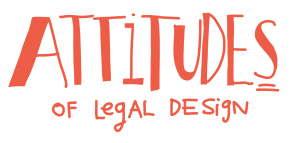
HUMAN-
CENTERED
Create information, services and systems with the community, based on their needs and abilities, rather than starting with the needs of lawyers and courts.
PROACTIVITY
Drive desirable outcomes, rather than just deal with the consequences of failure or punishment.
PREVENTION
Prevent problems rather than only intervene to resolve conflicts that have arisen.
AWARENESS
Enable people to be aware of their rights, responsibilities, obligations and prohibitions, rather than just apply prescriptive norms.
EFFECTIVENESS
Enable people to understand and do the right thing easily, rather than require considerable investments of time, money, effort or expertise.
INTER-DISCIPLINARITY
Establish a common language to collaborate across disciplines, rather than following just one perspective.
LEARNING BY DOING
Acquire legal knowledge and cross-disciplinary skills through experience, rather than rely on passive learning.
THEORY-BASED
Research studies are based on robust scientific and theoretical method, following strong methodology and accredited criteria.
OPEN ACCESS
We encourage open access and open data, and we recommend to make research outcomes available for checking, validating, and replicating the results.
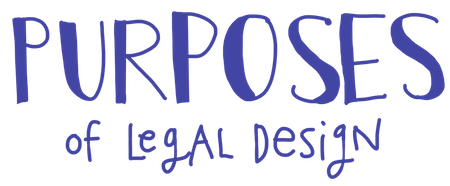
WIN-WIN
Seek to provide win-win solutions for all the actors involved, rather than accept and perpetuate imbalanced relationships between the parties
CLARITY
Seek clarity of the fundamental meaning and consequences of a communication, rather than just precise wording
APPLICABILITY
Foster the application of legal concepts, rights, and norms in everyday use, rather than just proposing legal arguments
TRUST
Facilitate sustainable long-term relationships rather than just quick wins or one-shot connections
CERTAINTY
Ensure understanding of legal certainty rather than just guiding legal interpretation
VALUE-ADD
Focus on aspects that generate value rather than just manage risk
SCIENTIFIC-BASED
Our approaches, interventions, and the measurement of their results are evidence-based, grounded in scientific methods, and validated
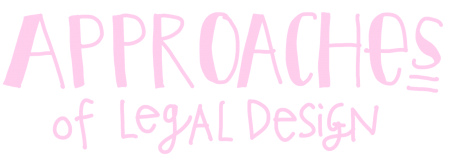
PROBLEM BASED
Focus on real-life needs and problems to put aside differences and overcome disciplinary barriers
DOMAIN-ORIENTED
Integrate approaches from different legal backgrounds, theories, and principles, depending on the problem at hand
COMMUNICATION
Craft information and interactions with purposeful design rather than just drafting it
VISUAL-FIRST
Use visual thinking and communication to secure shared understanding, rather than just relying on words
SIMPLIFICATION
Through well designed interfaces, services, and experiences, users can interact with simple and effective solutions rather than with the complexity of the underlying system
PROTOTYPING
Develop solutions through quick rounds of iteration and experimentation rather than being planned into existence or aiming at perfection from day 1
EMPIRICAL EVALUATION
Measure the impact of the current design of the system, and new interventions, to ensure meaningful change in how people interact with the system
STANDARDS & PATTERNS
Create new solutions with an eye towards making them replicable, systematized, and extensible, rather than relying on a jungle of bespoke different solutions
SEMANTIC WEB-ORIENTED
Digital solutions are made ready for the semantic web paradigm, supporting digital applications and multichannel-devices
The Legal Design Manifesto v1 has been written and signed by
Rossana Ducato, UCLouvain and Université Saint-Louis – Bruxelles; Helena Haapio, Lexpert and University of Vaasa; Margaret Hagan, Stanford Legal Design Lab; Monica Palmirani, Associate Professor at University of Bologna, CIRSFID; Stefania Passera, Information Designer and Contract Visualizer, PhD from Aalto University; and Arianna Rossi, PhD candidate in Law, Science and Technology, University of Luxembourg
We are currently working on a version 2 of the Manifesto!
Thanks to all of those that have contributed with their comments.
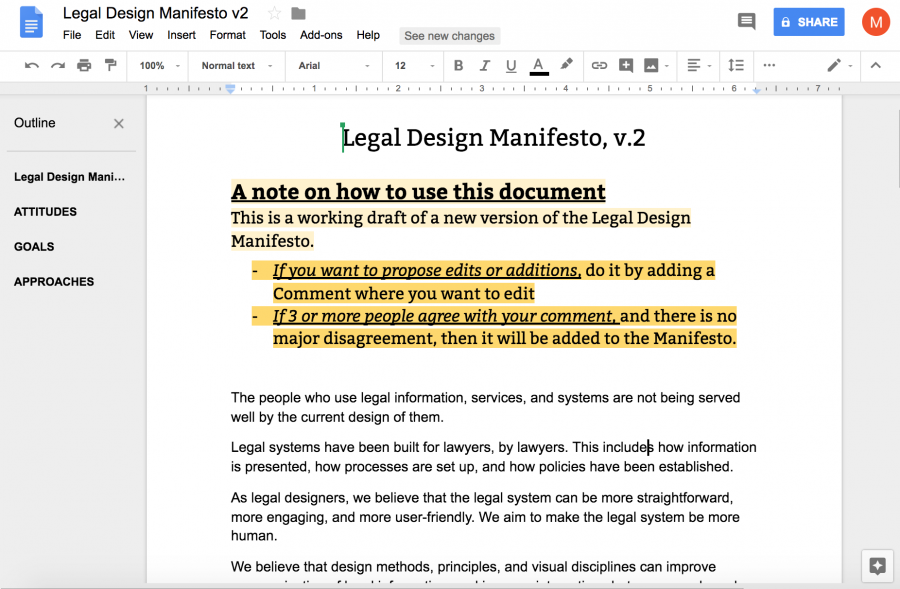
Who We Are
These are the founding members of the Legal Design Alliance.
To be a member of LeDA, anyone can apply. A potential member must demonstrate their legal design work and share resources with the the network. You can also join the LeDA community, to receive information and updates about legal design work.
Join LeDARossana Ducato, Postdoctoral Researcher at UCLouvain
Helena Haapio, Professor at University of Vaasa
Margaret Hagan, Director of Stanford Legal Design Lab
Nóra Al Haider, Interdisciplinary Researcher in Law, Tech and Design
Jorge Gabriel Jimenez, Stanford Legal Design Lab
Monica Palmirani, Professor at University of Bologna
Stefania Passera, Information Designer and Contract Visualizer
Hallie Jay Pope, President of Graphic Advocacy Project
Arianna Rossi, PhD candidate in Law, Science, and Technology, University of Luxembourg
Jules Sievert, Creative Director of Nulawlab and Stable Ground Boston at Northeastern University
Jose Fernando Torres, former fellow at Stanford Legal Design Lab and co-founder at Lexter
